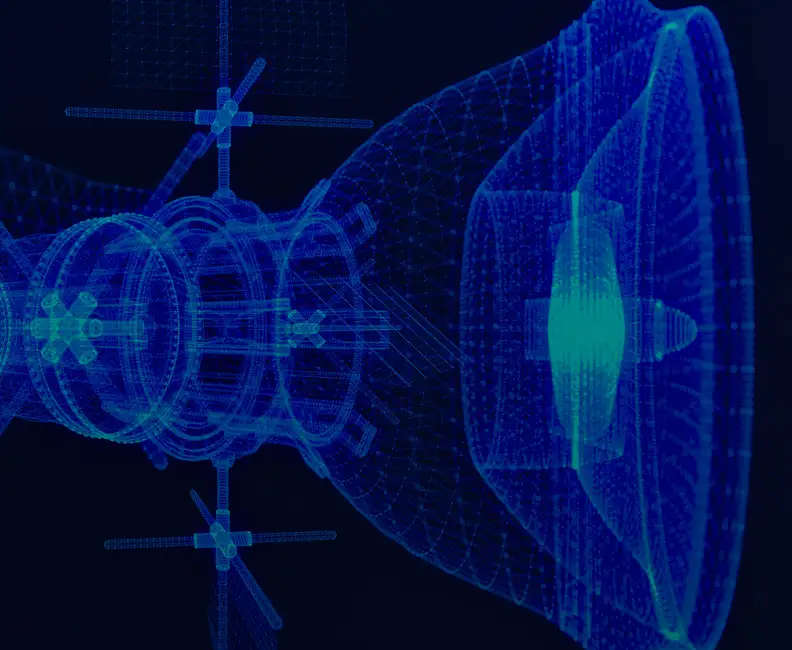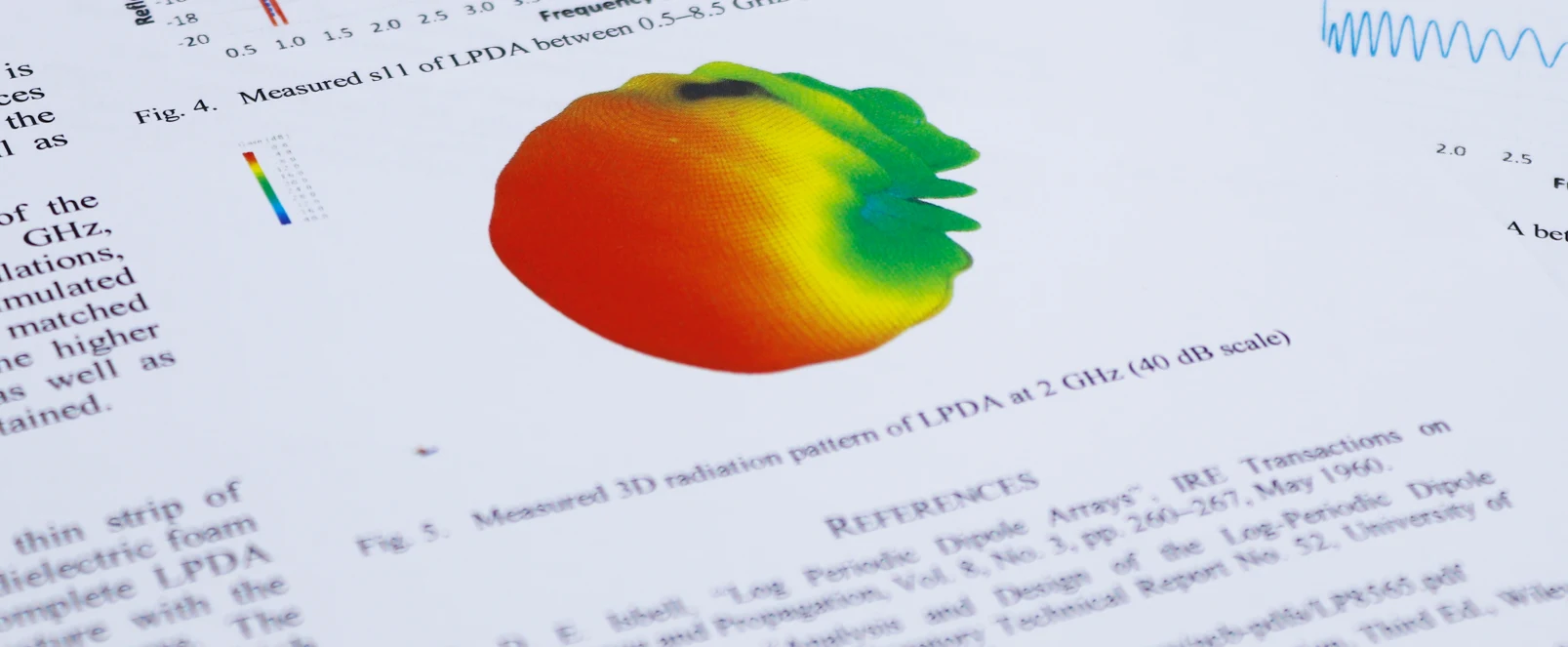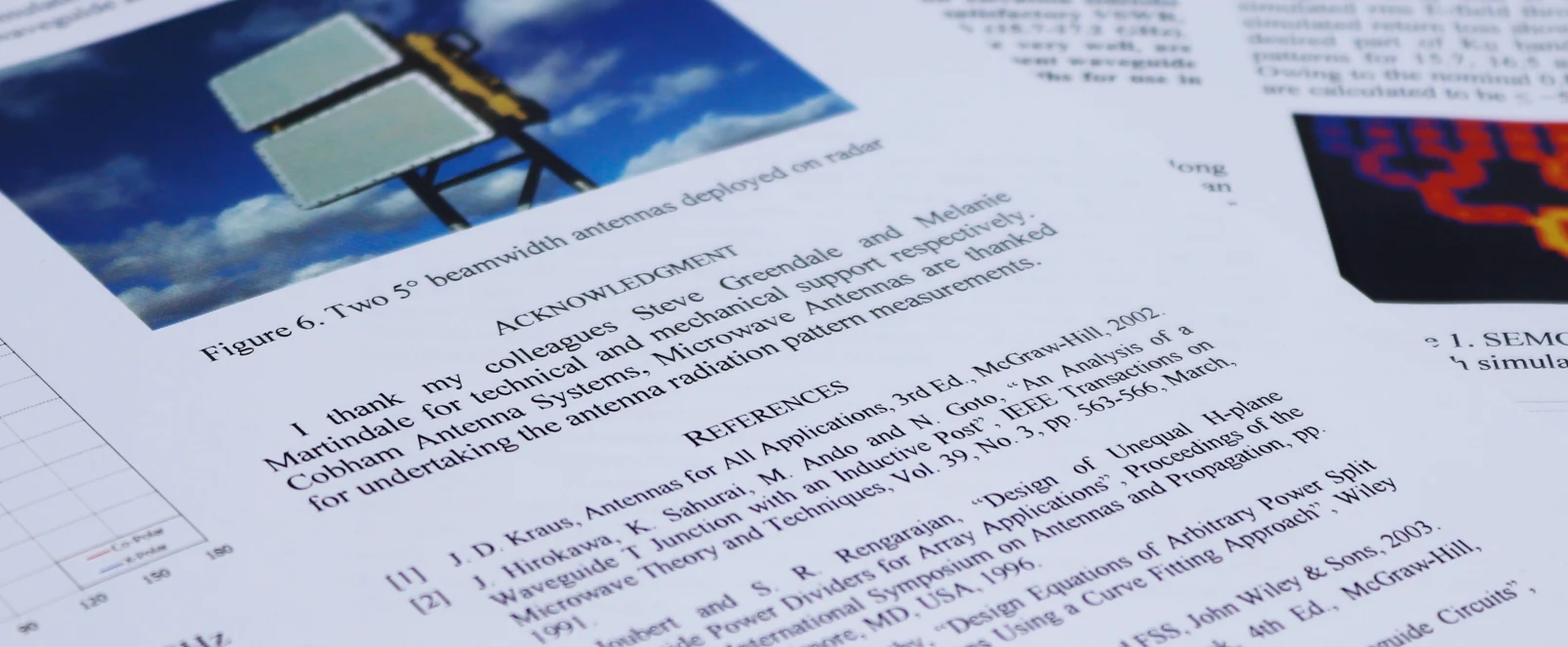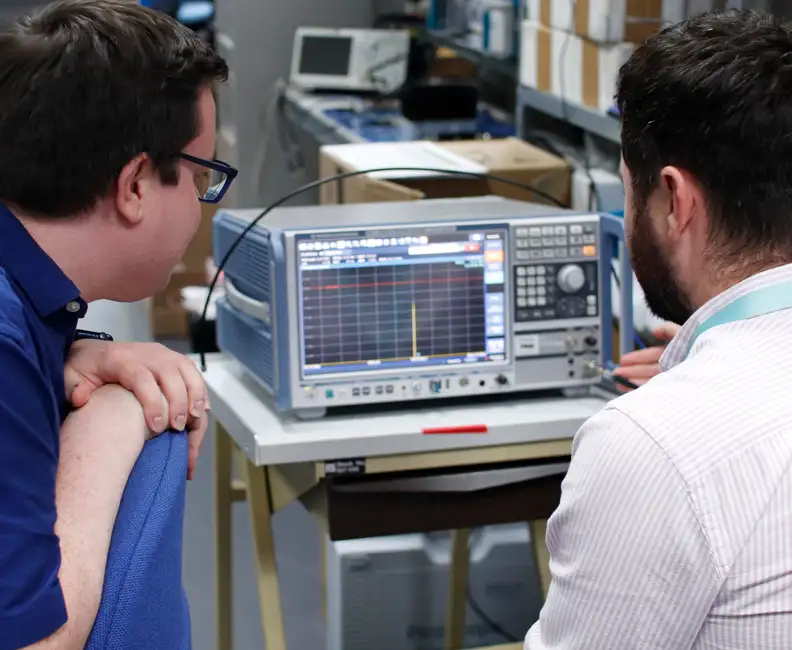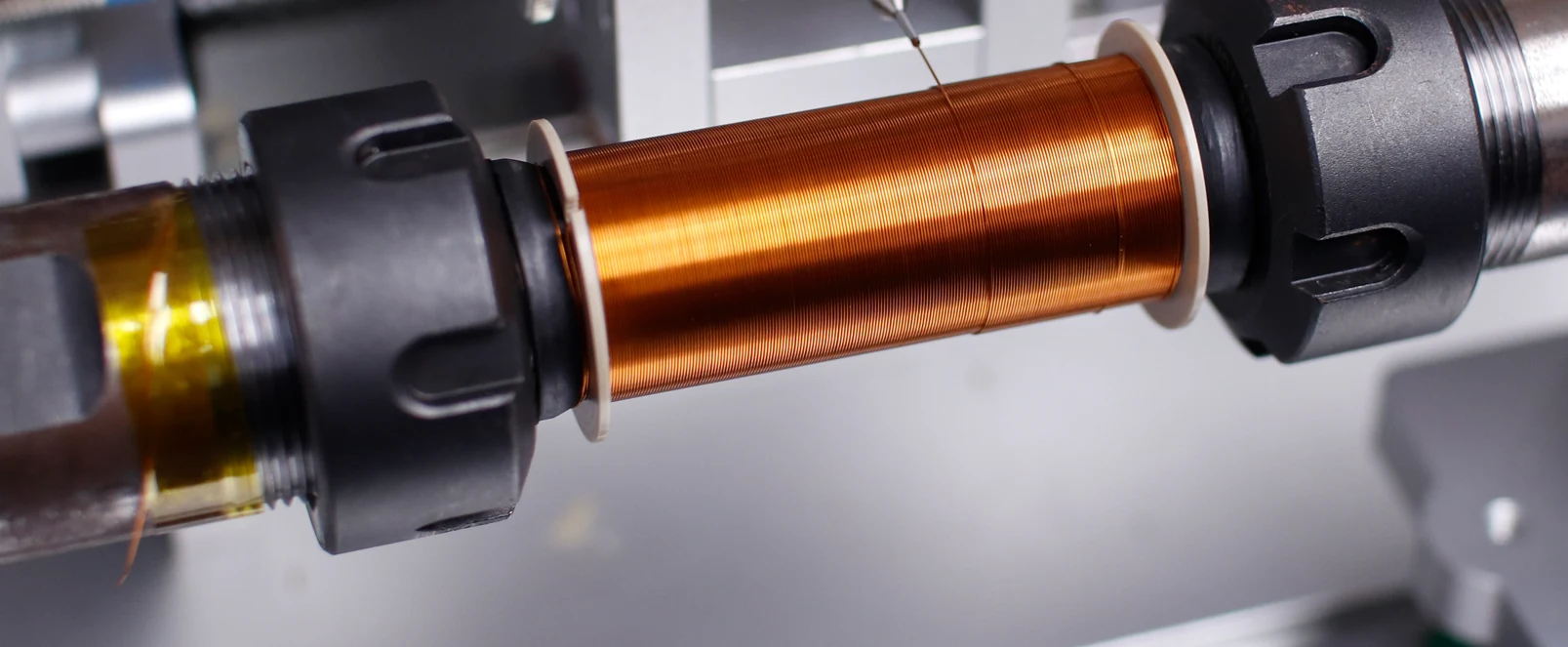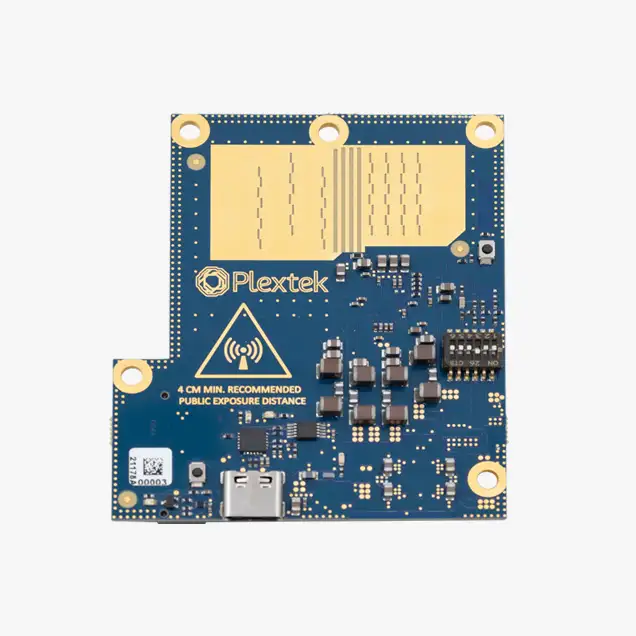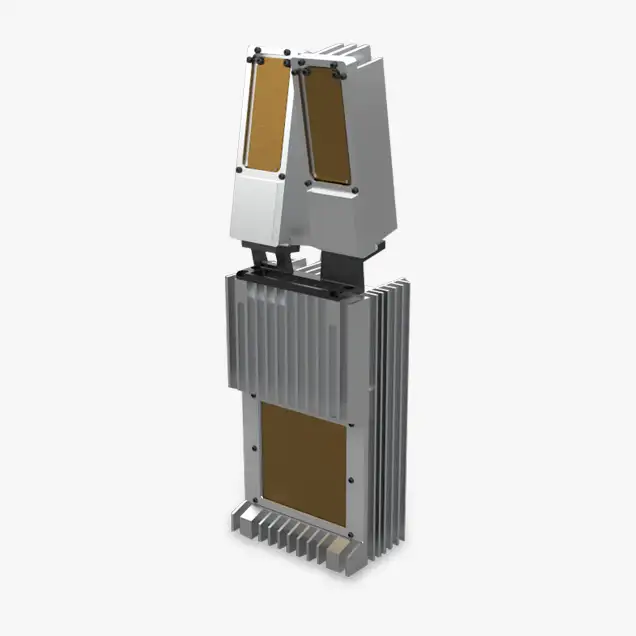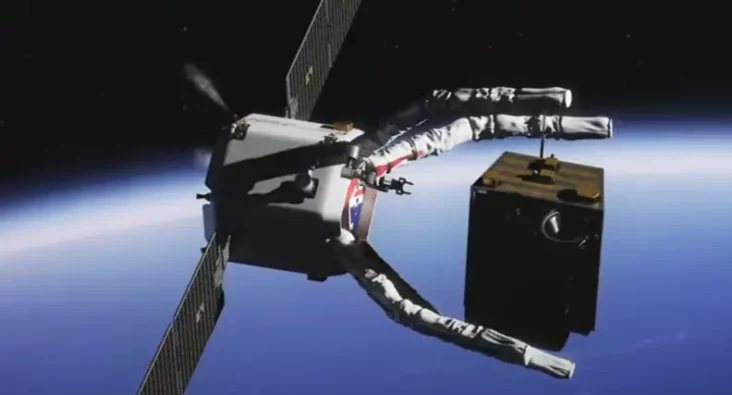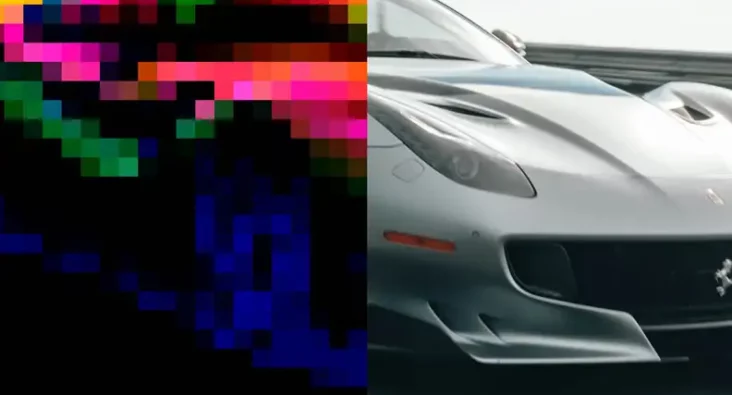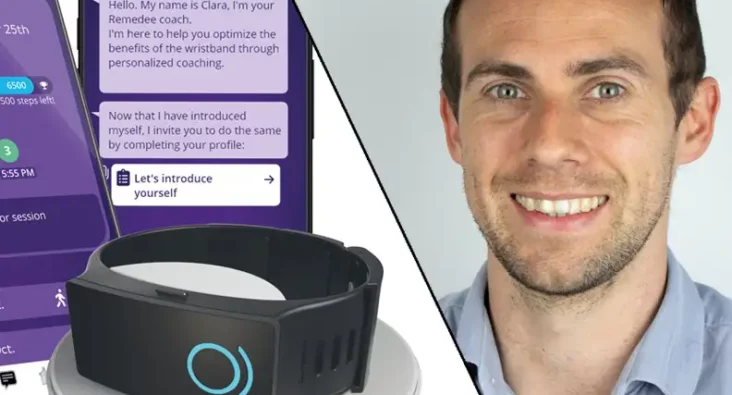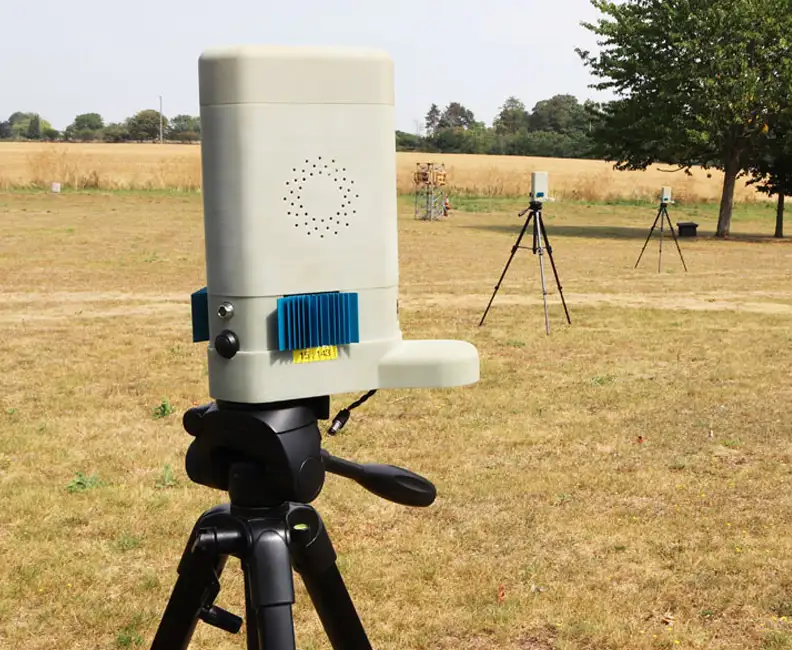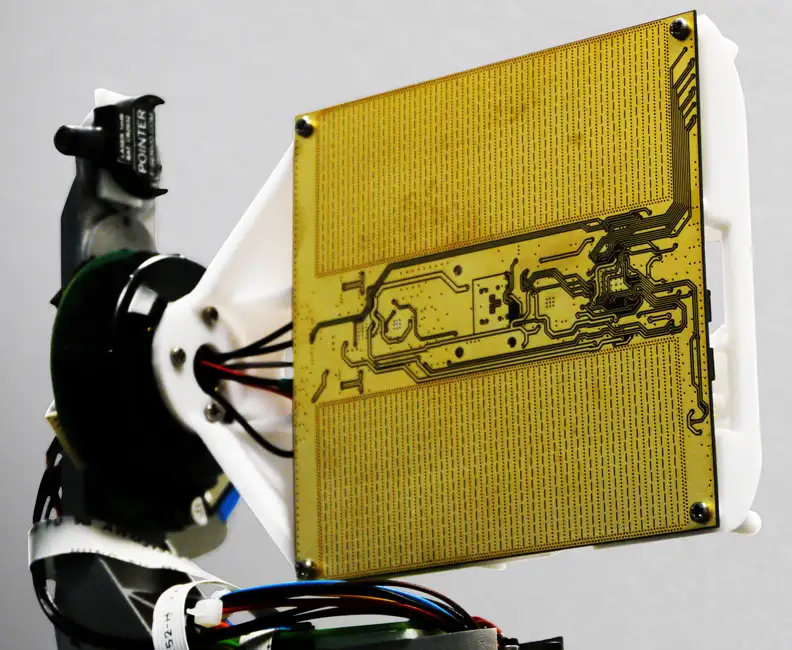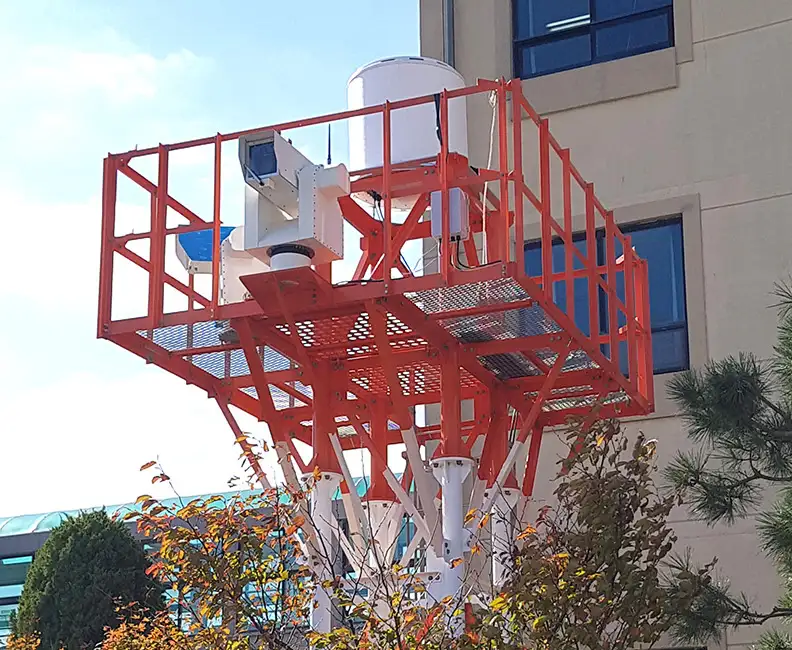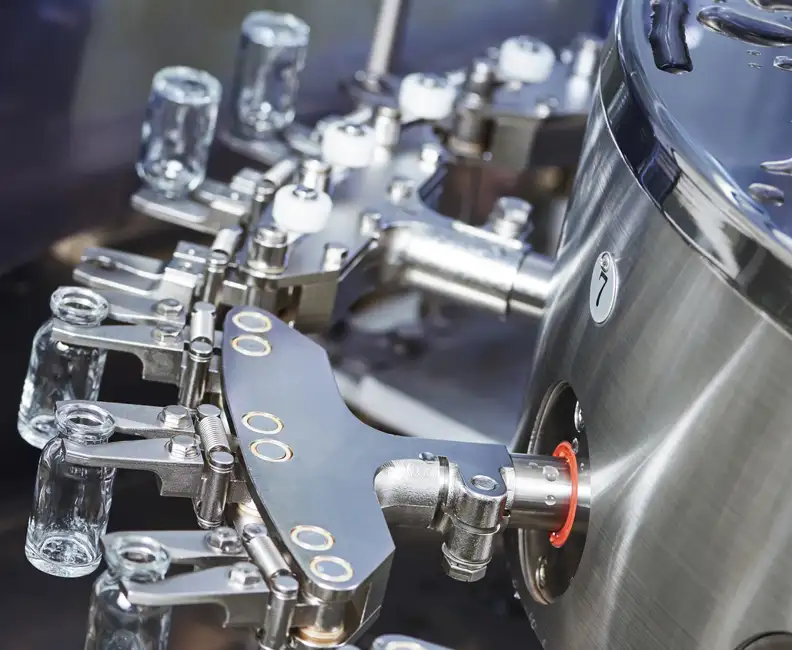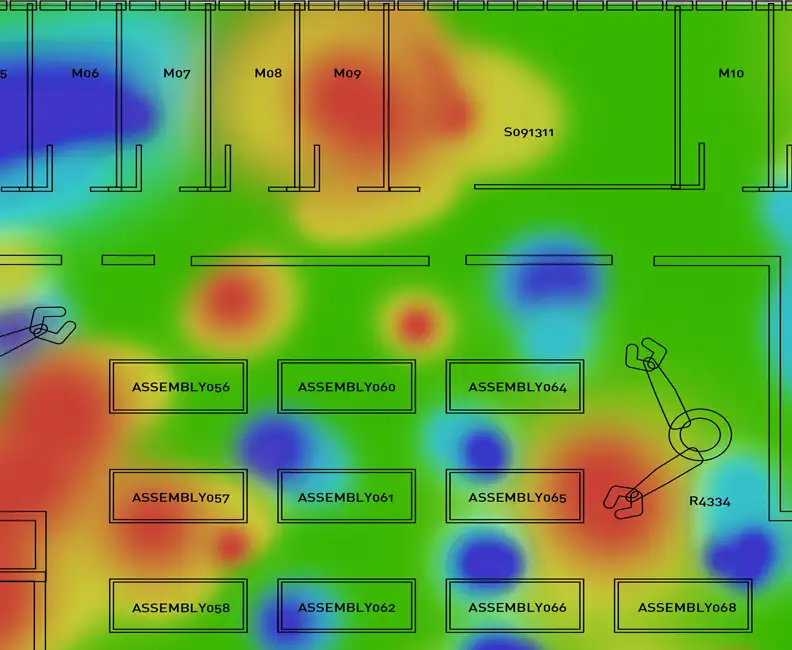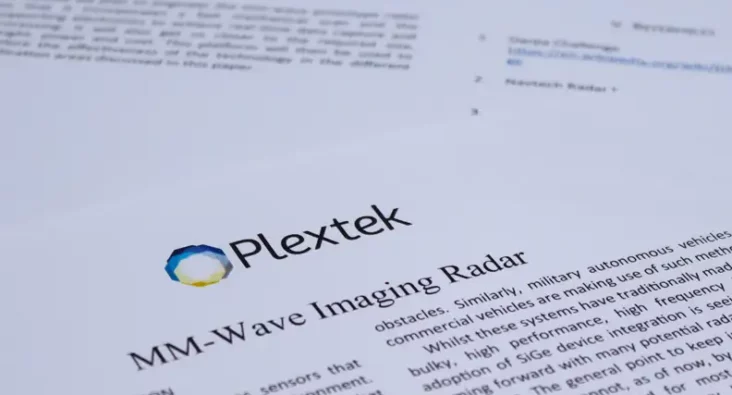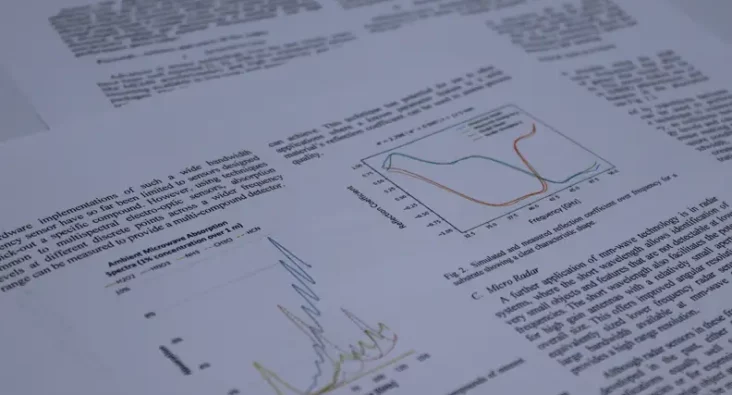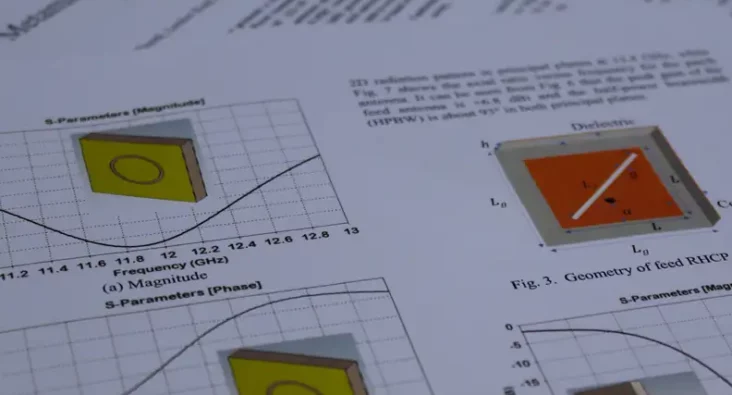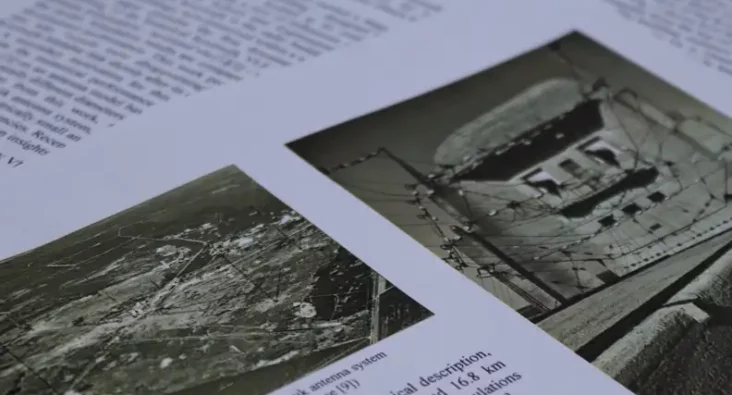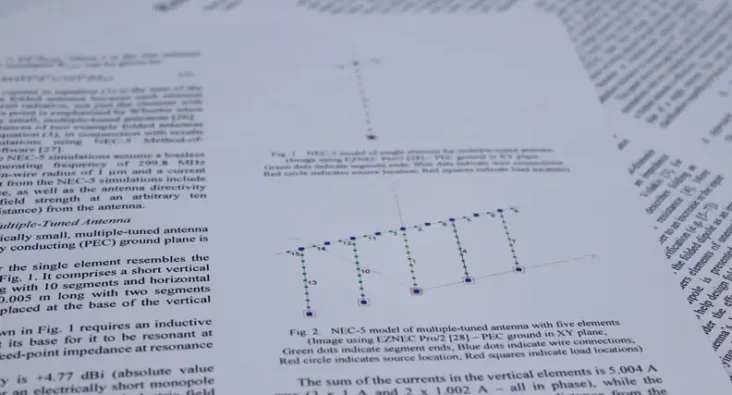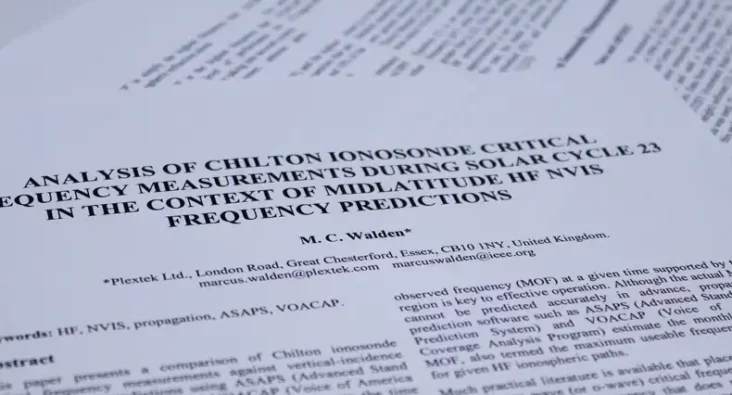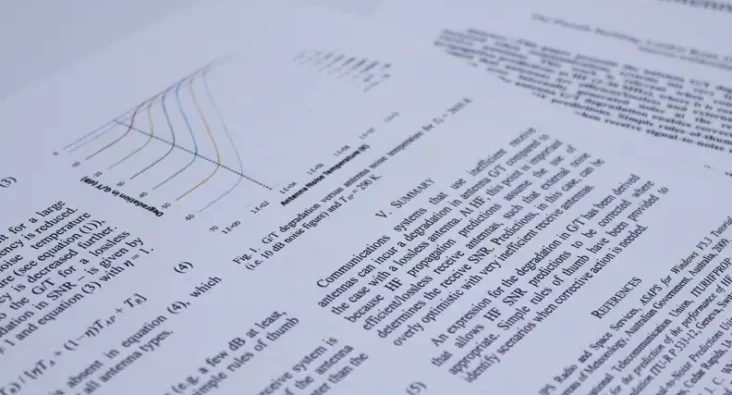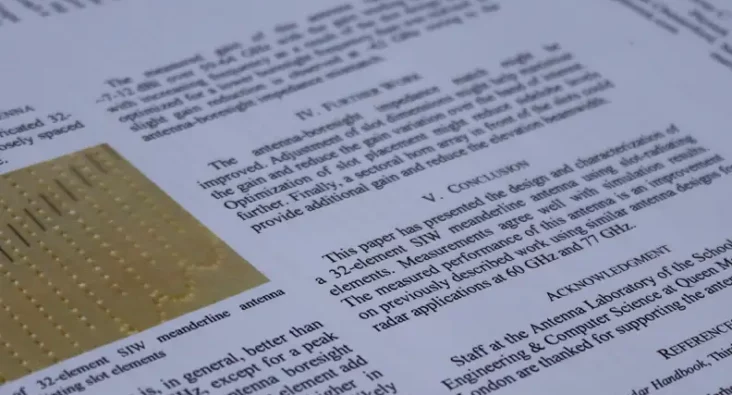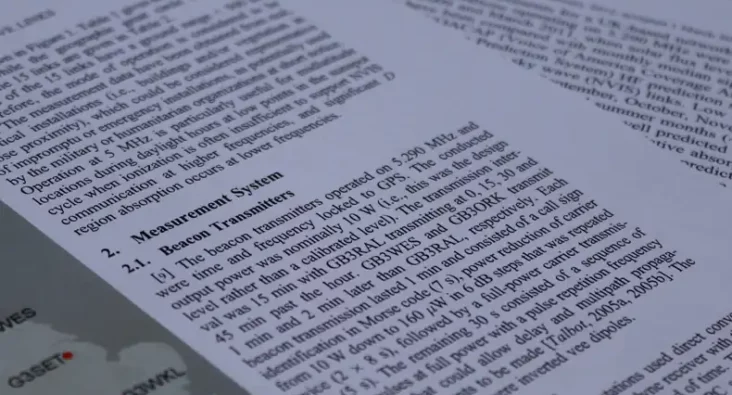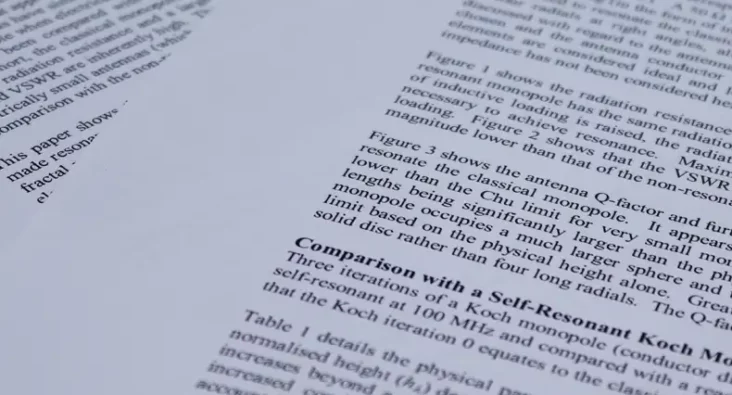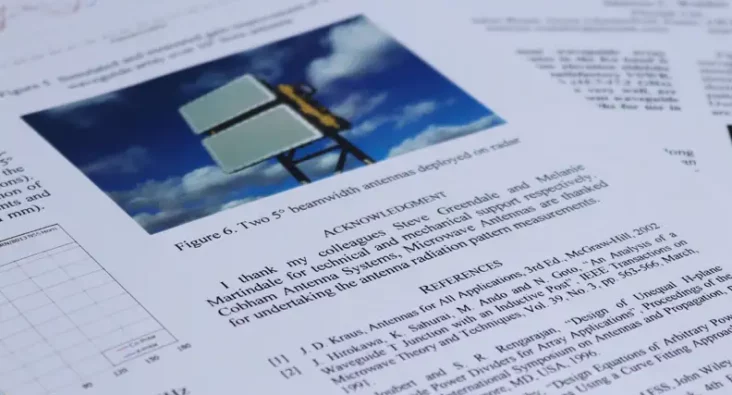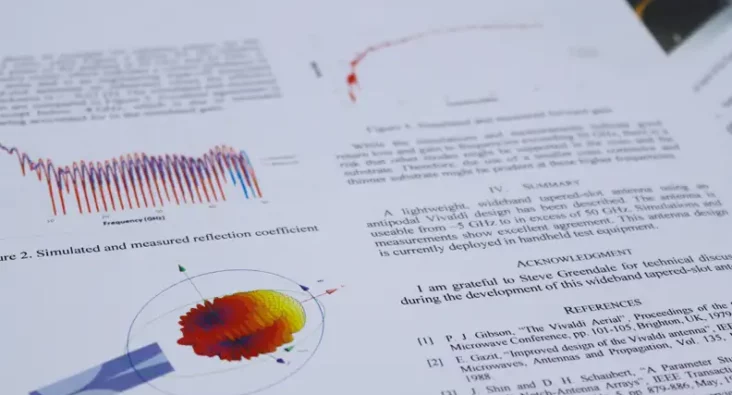
Written by Dr Marcus Walden
Principal Consultant - Antennas & Propagation
Giants and Small Antennas
The first documented numerical modelling of the historical Grimeton very low frequency (VLF) antenna was presented by Plextek in the session on Electrically Small Antennas at the IEEE International Symposium on Antennas and Propagation.
This is a very personal journey by Dr Marcus Walden, who has a great appreciation for the genius of Ernst F. W. Alexanderson following a cycling trip to Sweden twenty years ago and has this year resulted in Marcus modelling the ‘Alexanderson antenna’ using the new NEC-5 electromagnetic simulation software.
Sir Isaac Newton once said,
“If I have seen further, it is by standing on the shoulders of Giants”.
That statement is equally valid for the greats of science and technology, as it is for the humble practicing engineer.
One of the lesser-known giants of radio engineering was Ernst F. W. Alexanderson, a Swedish engineer who emigrated to the USA at the turn of the last century. He was a prolific inventor, with some 345 patents to his name – the last one awarded when he was 95 years old! One of his many inventions was to become known as the ‘Alexanderson alternator’.
Imagine a large electric motor capable of generating radio frequency (RF), typically at very low frequencies (VLF, which covers 3–30 kHz) and at power levels of tens to hundreds of kilowatts. In the history of radio engineering, the Alexanderson alternator made the spark-gap transmitter obsolete, no bad thing because the latter was an electromagnetic compatibility (EMC) nightmare. It was manufactured by General Electric (GE) and sold by the Radio Corporation of America (RCA), with its heyday around the 1910s and 1920s until it was eventually made redundant by valve technology.
The only functioning Alexanderson alternator in the world is located at Grimeton, close to the town of Varberg in southern Sweden. It had been part of a global RCA network that could be described as the wireless ‘internet’ of the 1920s, albeit operating at much slower data rates because morse code was used. For example, about 1.8 million words were transmitted from Grimeton during 1936, which equates to about 10 MB of data (or about 27 kB per day)!
Its uniqueness and historical relevance enabled the Grimeton site to be classified as a UNESCO World Heritage Site in 2004 because
“The Varberg Radio Station at Grimeton in southern Sweden (built 1922–24) is an exceptionally well-preserved monument to early wireless transatlantic communication”
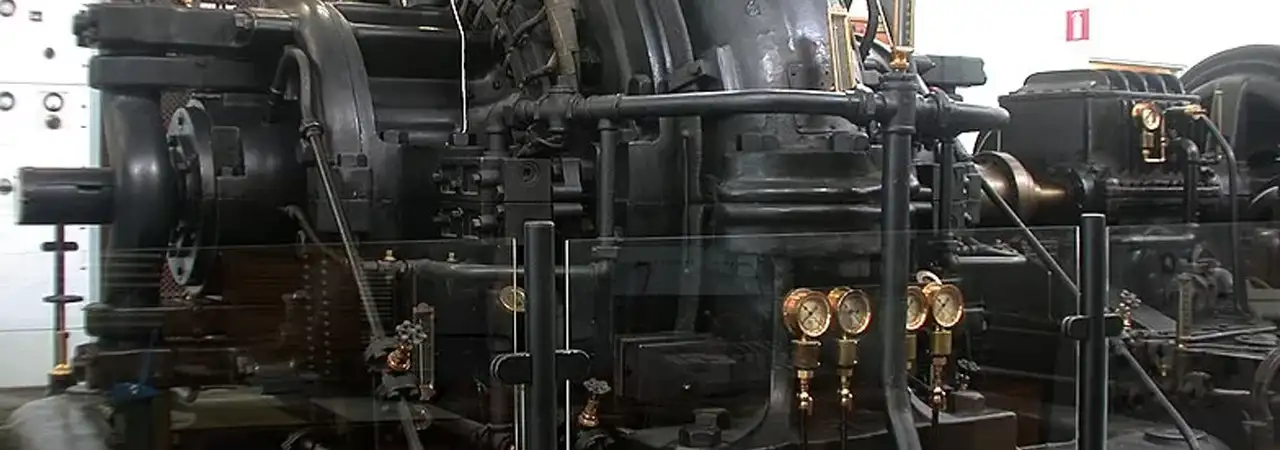
Figure 1. Photograph of Alexanderson alternator at Grimeton (1)
Twenty years ago in 2003, my wife and I were on a cycling holiday in Sweden and serendipity took our route past Grimeton. Being late summer and out of season, Grimeton was technically closed but fortune favoured us. Having cheekily knocked at the entrance to the main building, an engineer appeared and after some introductions, he kindly invited us in for a personal tour. As an RF and antenna engineer, not to mention a radio amateur, it was an unmissable opportunity and a classic example of the proverbial ‘busman’s holiday’. I was thrilled but what about my wife? She enjoyed it too!
The main building is only visible once you get close to it, but you can see the ‘Alexanderson antenna’ – another of his inventions – from miles around. Six masts, each 127 m tall, extend in a line nearly 2 km long and support the antenna system. While physically tall, the antenna system is electrically small. The Grimeton alternator transmits at 17.2 kHz, where the wavelength is about 17.4 km, so the antenna electrical height is only about 0.073 wavelengths.
Electrically small antennas typically have low gain and/or narrow bandwidths but the genius of Alexanderson led to the creation of the ‘multiple-tuned antenna’, which provides greater efficiency and wider bandwidth than could ordinarily be achieved. Impressive considering that numerical modelling of antennas on computers was not available to him.
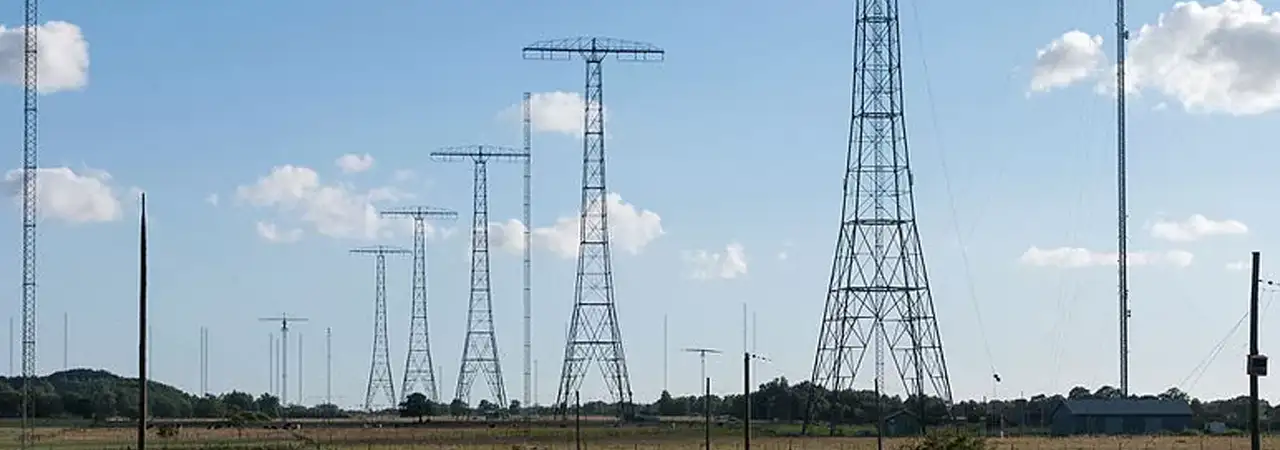
Figure 2. Photograph showing masts 2–6 of the Grimeton antenna system (2)
Fast forward to now, just one year before the centenary of Grimeton radio station having been commissioned. Curiosity – blame the radio amateur and technical nerd within me – led me to model the ‘Alexanderson antenna’ at Grimeton.
I use commercial electromagnetic (EM) simulation tools to design and simulate complex antenna systems in my day job but for my home interests, I use the recently released NEC-5 software from Lawrence Livermore National Laboratory (LLNL).
My NEC-5 model of the Grimeton antenna system included lots of technical detail, such as buried ground wires, above-ground equalisation networks, masts, insulators, and tuning inductors. From experience, I know that EM simulations and measurements should be in good agreement if all features of the antenna design are accounted for in the modelling. Reassuringly, my NEC-5 simulation results agreed well with historical literature on the Grimeton antenna system.
What appears to be the first documented numerical modelling of the Grimeton VLF antenna was presented in the session on Electrically Small Antennas at the 2023 IEEE International Symposium on Antennas and Propagation and USNC-URSI Radio Science Meeting (AP-S/URSI 2023) in Portland, Oregon, USA.
AP-S/URSI 2023 is:
“a great international forum for the exchange of information on state-of-the-art research on antennas, propagation, electromagnetic engineering, and radio science”.
Coincidently, my first attendance at an AP-S/URSI meeting was in 2003, just a couple of months before my wife and I cycled past Grimeton.
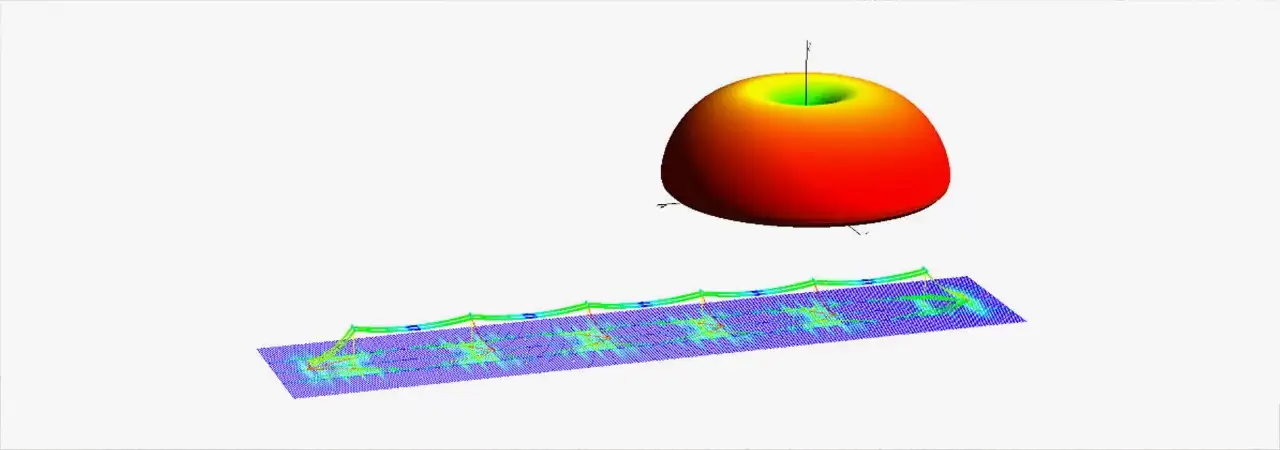
The Alexanderson alternator at Grimeton now gets activated two or three times a year on special occasions; for example, Christmas Eve and Alexanderson Day, the latter to commemorate the achievements of Ernst F. W. Alexanderson. This year, Alexanderson Day is on Sunday 2nd July.
If you can’t make it to Grimeton in person, you can watch a live YouTube broadcast of the activation, kindly hosted by members of the Alexander Association. Further details can be found here.
During the activation, a message is transmitted using morse code, which typically starts and concludes with the radio station callsign; ‘SAQ’ for Grimeton.
If you have access to a short-wave radio with coverage of VLF, you can also listen to the unique sounds of the morse transmission using the Grimeton alternator, recognisable by the slight drift in tone frequency as it transmits. In the past, signals from Grimeton have been heard around the world.
Even if you don’t have a short-wave radio, you can still listen via one of many software-defined radios (SDR) available on the internet. One such SDR is located at the University of Twente in Holland. Just set the SDR to CW mode, centre it on 17.2 kHz and away you go.
Happy listening. Happy Alexanderson Day.
(1) Gunther Tschuch https://en.wikipedia.org/wiki/File:Alexanderson_Alternator.jpg
(2) Chrumps By Chrumps – Own work, CC BY-SA 4.0, https://commons.wikimedia.org/w/index.php?curid=42756712
Technology Platforms
Plextek's 'white-label' technology platforms allow you to accelerate product development, streamline efficiencies, and access our extensive R&D expertise to suit your project needs.
-
01 Configurable mmWave Radar ModuleConfigurable mmWave Radar Module
Plextek’s PLX-T60 platform enables rapid development and deployment of custom mmWave radar solutions at scale and pace
-
02 Configurable IoT FrameworkConfigurable IoT Framework
Plextek’s IoT framework enables rapid development and deployment of custom IoT solutions, particularly those requiring extended operation on battery power
-
03 Ubiquitous RadarUbiquitous Radar
Plextek's Ubiquitous Radar will detect returns from many directions simultaneously and accurately, differentiating between drones and birds, and even determining the size and type of drone
Downloads
View All Downloads- PLX-T60 Configurable mmWave Radar Module
- PLX-U16 Ubiquitous Radar
- Configurable IOT Framework
- MISPEC
- Cost Effective mmWave Radar Devices
- Antenna Design Services
- Plextek Drone Sensor Solutions Persistent Situational Awareness for UAV & Counter UAV
- mmWave Sense & Avoid Radar for UAVs
- Exceptional technology to positive impact your marine operations















